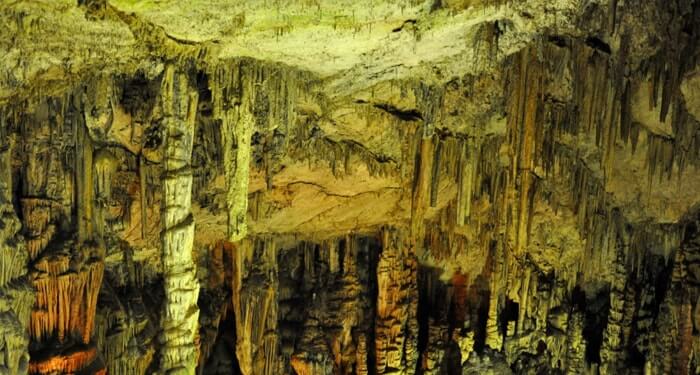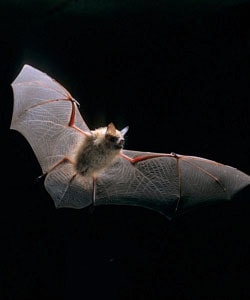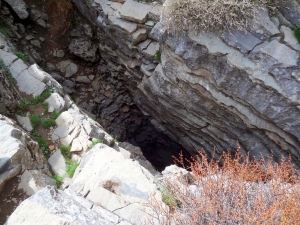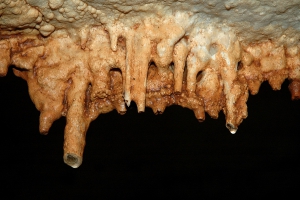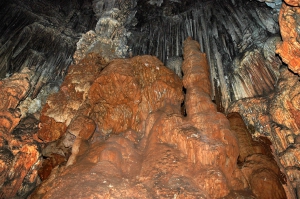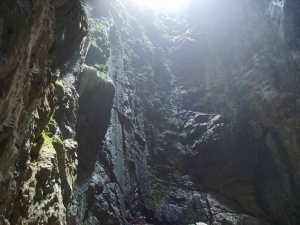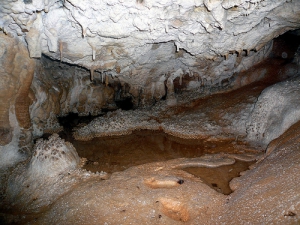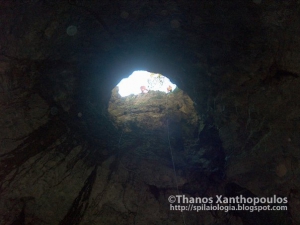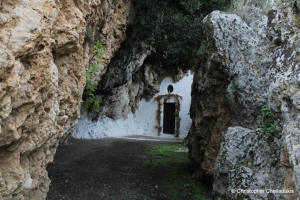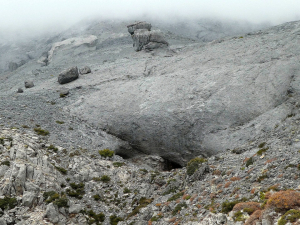Tafkos is located at Petradolakia area at an altitude of 1,440 meters, approximately 13 km south of Anogia. It belongs to potholes and its explored depth is 475 meters and the total length is 383 meters. It is considered the second deepest cave at Psiloritis and when it was firstly discovered (1989) it was the deepest cave in Greece.
The Cave Kato Platyvolo is located near the settlement Katsidoni, Sitia. Here are traces of ancient habitation.
The sinkhole Tafkos Palmeti is located on the Strouboulas Plateau and its depth is 44m. The name comes from the Christian rebel Giannis Palmetis (1790 – 1834 had his shelter in Strouboulas and watched the road to Rethimnon. When he was seeing an Aga passing by, he was shooting him, he was taking from him all he had and was throwing him in the gulf, which from then is called the Tafkos of Palmetis, in order to exterminate every trail.
It is a 70m deep well with a large opening (7m wide) that allows light to penetrate for several meters, permitting the growth of vegetation on its walls. The first descent is 58m high and at its end we meet a room of 16m x 7m. There is also a stack of stones, 7m high.
The cave is inaccessible. In order someone to get inside needs a rope because in the mouth there is an abrupt downshift of 2 metres. It is a gradual chasm with a total tunnel length of 430 metres. There is a lake inside, from what French speleologists say who have explored Spiliara, and it takes special equipment for its exploration.
The Tafkos Mavri (Black Sinkhole) is located above the village Vistagi at an altitude of 1450 m and has a total explored depth of 200m with vertical rappels of 50 meters and huge halls that reach 1500 sqm. The cavers here found bones (horns) of Cretan ibex that has disappeared from Psiloritis Range since the Ottoman Era (around 1800 AD).
Two km south of the village Modi by Platanias (Chania) we meet is the cavernous chapel of St. Gerasimos. The location of this beautiful cave is accessed via dirt road that starts from Modi (there are information signs). The cave is located on a hillside that is covered by an ancient olive grove.The temple is built inside the cave, is spacious and has a courtyard along a long rock shelter.
Leon Cave was officially discovered on 11 August 2008 by a French-Greek team of speleologists, exploring the White Mountains of Chania (area Atzinolakos, near Melidoni of Fre municipality). However, its existence was known 15 years ago, during a French mission of the Catamaran Club. The area of Atzines has high speleological interest which has attracted mainly French, exploratory missions.





